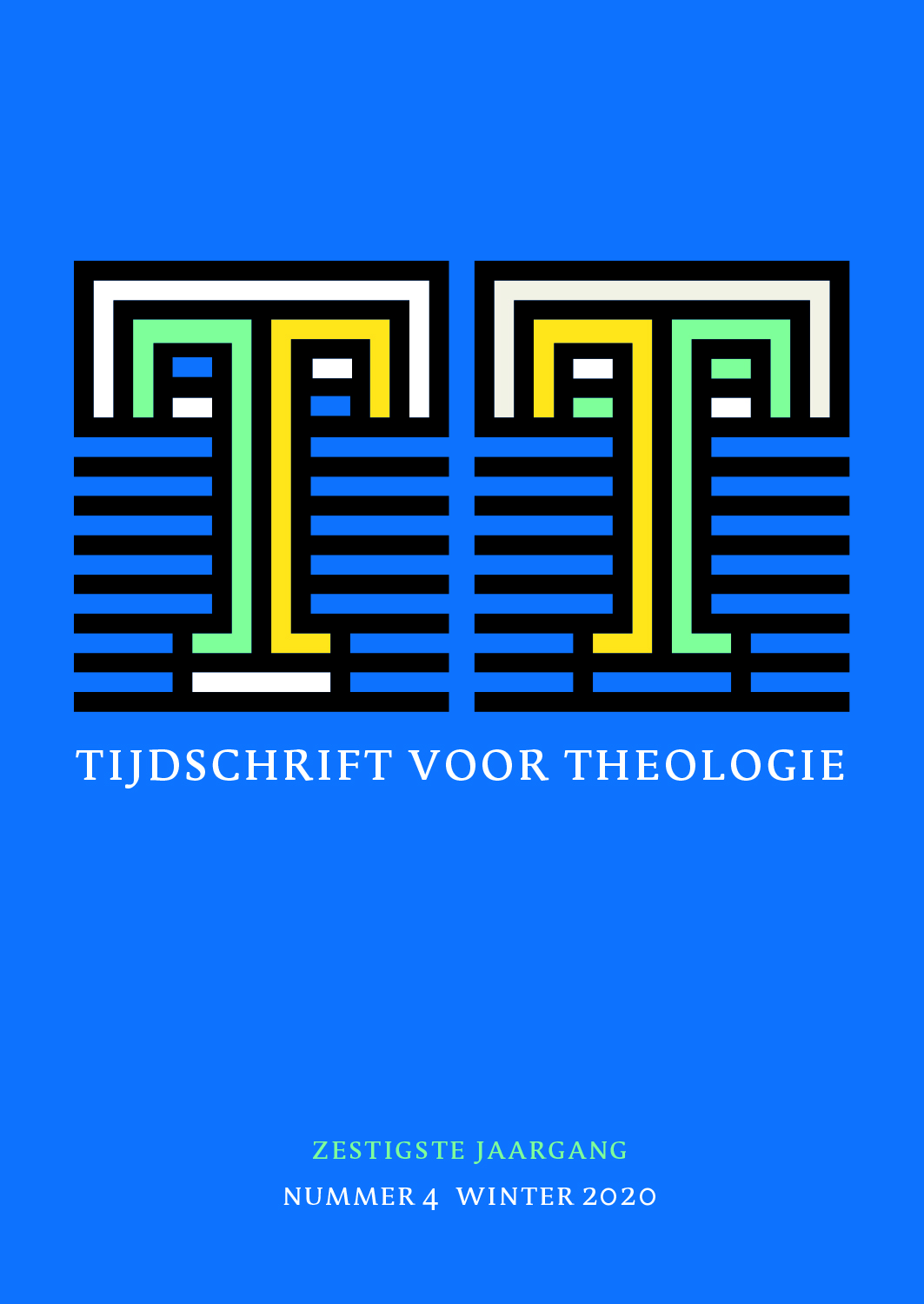next article in this issue  |

Preview first page |
Document Details : Title: De hoop van Europa Subtitle: Herinnering en de verbeelding van gemeenschap Author(s): HOEVEN, Liesbeth Journal: Tijdschrift voor Theologie Volume: 52 Issue: 4 Date: 2012 Pages: 300-311 DOI: 10.2143/TVT.52.4.3203359 Abstract : This essay defends the hypothesis that Europe will have a future as community if we continue to shape the ideal that it represents, using its history and the visual narratives it preserves. In the author’s view, it is an illusion to believe that economic integration, regulations on political participation and a few added rights for citizens could safeguard Europe’s future or its community spirit. The ideal of a society in which freedom rules derives its real meaning from the recollection of a society in which oppression and destruction were rampant. The Second World War and the destruction of the Jews can serve as a central reference point in constructing a new European identity. Starting from an analysis of a scene from the post-holocaust graphic novel Maus: A Survivor’s Tale by Art Spiegelman, the essay explains how this identity is not based on ethnic or national identities, but on ethical imagination: how can we give one another a future. It is crucial for the future of Europe to redeem the pledge that history preserves in its silence and, no less important, to find an imagery that gives shape to this promise and keeps it alive. The recent awarding of the Nobel Peace Prize to the European Union and the responses to this emphasizes once again the necessity to develop a contemporary awareness of community that relies on past imagery as a source of future hope. |
|


